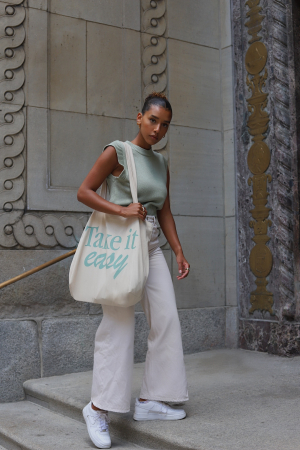The Beauty Choices Of Gen Z
Gen Z has a clear idea of everything, true beliefs and strong commitments. Unsurprisingly, the youngest generation does not take its beauty routine that lightly either.
How sustainability is key to unlocking the full potential of the Gen Z market
With brands constantly looking to stay ahead of the game and meet the ever-evolving needs of customers, one demographic that they cannot afford to overlook is Gen Z.
Shift to Vegan Cosmetics not just for Veganuary
We hope you are familiar with the concept of Veganuary, as it has been taking place since 2014. But if you do not know in detail what it actually is, in a nutshell, it is an annual event that promotes a vegan lifestyle and motivates non-vegans to try a vegan diet during the whole month of January.
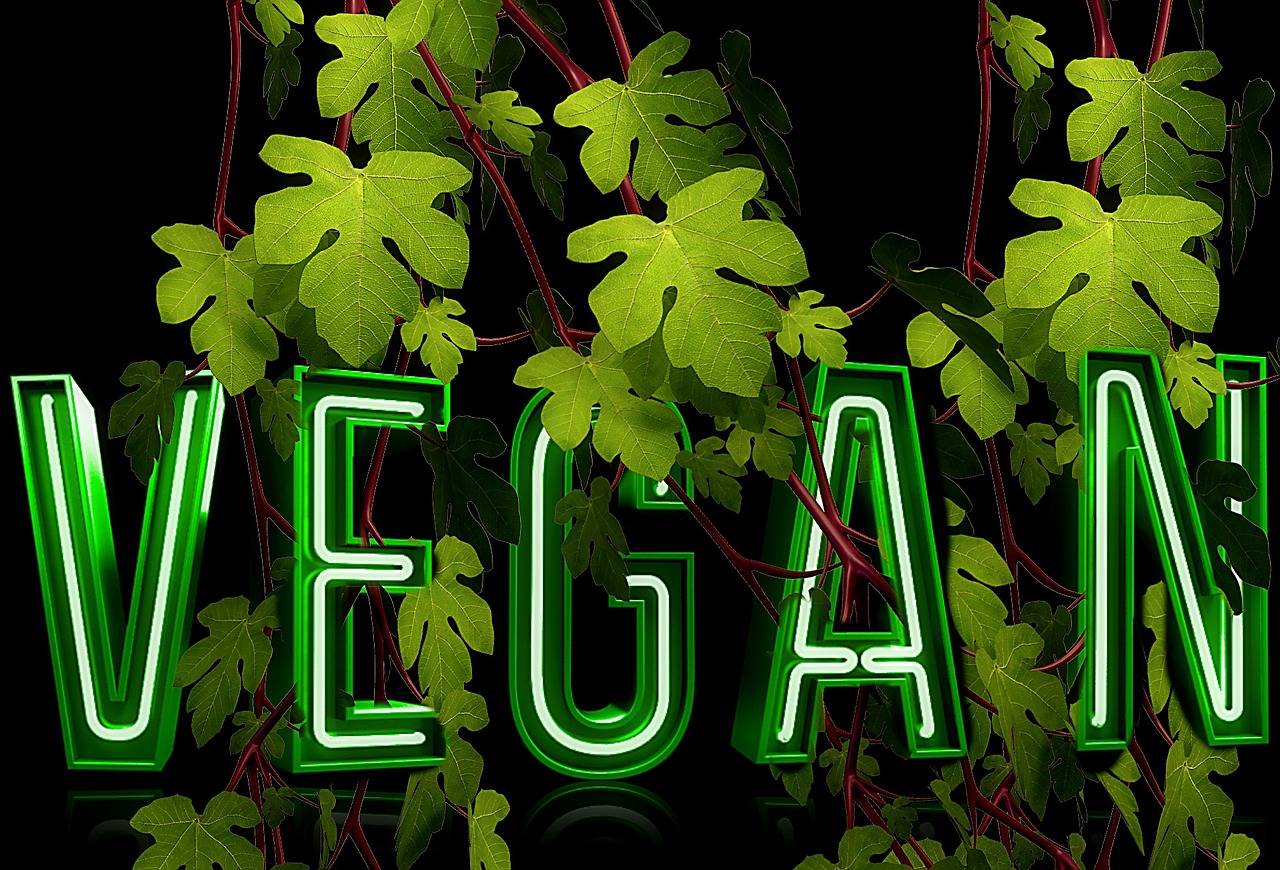 Ph. kalhh, Pixabay
Ph. kalhh, Pixabay
But why stop only with food consumption and not explore more of the vegan products out there? Here are some recommendations to try a vegan beauty regime.
The Story Of Veganuary
The British entrepreneur Matthew Glover and animal rights campaigner Jane Land started the challenge, but now there is also a non-profit organisation with the same name that officially runs the campaign. What most people like about the campaign is that it is not all about going vegan, it is more focused on educating others about the effect of food on the environment and raising awareness of animal suffering. The campaign started in 2014 and each year more and more people take part, with an estimated 1.3 million people committing to Veganuary in 20191.
Diving More Into A Vegan Lifestyle
One of the biggest challenges of the 21st century is climate change. It is believed by many that a plant-based diet can help fight global warming. If veganism offers so many benefits why not explore more of the beauty of leading a vegan lifestyle? Literary vegan beauty is taking over the industry, as more and more people decide to make more conscious decisions in terms of their everyday life and strive to minimise their carbon footprint.
UpCircle
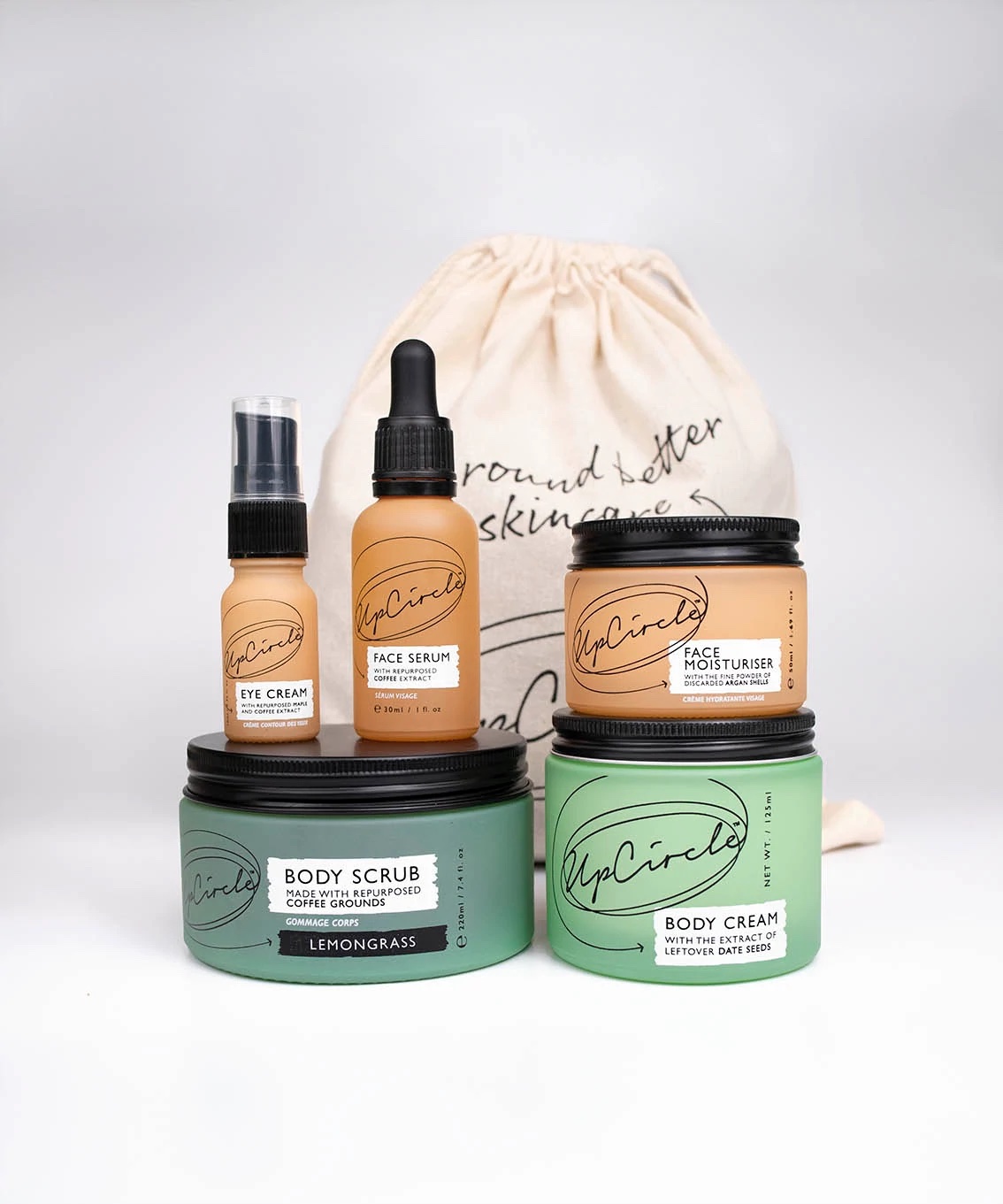
It all started with a single cup of coffee from a small independent coffee shop. A sister passionate about skincare and a brother concerned with the waste produced from daily activities such as drinking a cup of coffee. The brother and sister duo launched the company in 2016 and they have been growing the brand ever since. A sustainable, ethical and high-performing skincare brand that is focused on incorporating circular economy to the skincare industry. UpCircle "products are unique in that not only are the sustainability credentials unparalleled, they genuinely deliver results for the skin", said Anna Brigthman, co-founder of the brand.
Irene Forte
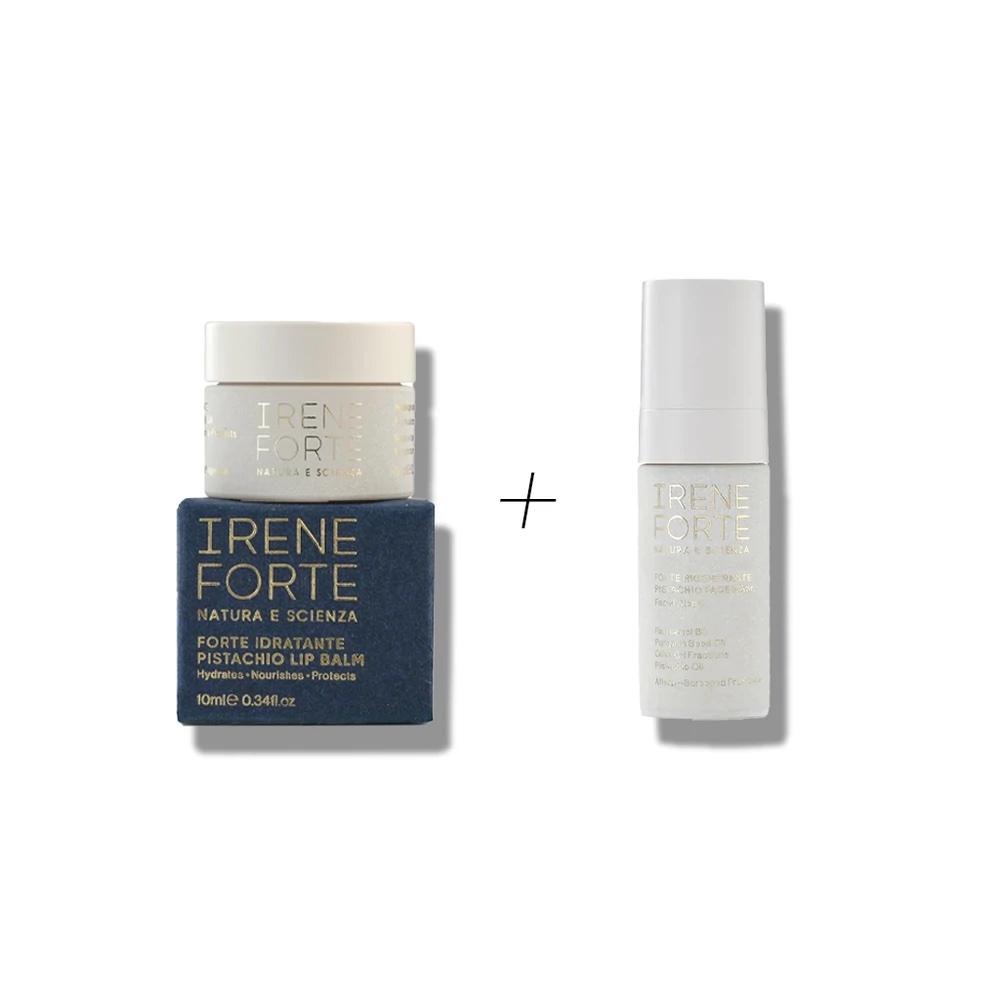
The cosmetic brand of Irene Forte is just another reason to fall in love with Italy. The Verdura Resort in Sicily is home to the organic farm from which the key ingredients for their products are sourced. Each product is created with ingredients such as organic olive oil, floral hibiscus, fragrant lavender and herbal rosemary from the organic farm at Verdura Resort. Together with the icy fresh mineral water from Sicily’s mountainous Madonie Regional Natural Park they make the product we see today. The low allergenic potential of their products comes from the unique blend of fragrance and feel, along with delivering great results. On top of that, they are also with low allergenic potential. Along with that every stage from manufacturing to distribution is considered for their impact on the planet, the user and the Sicilian community from which our products originate.
Sakrid
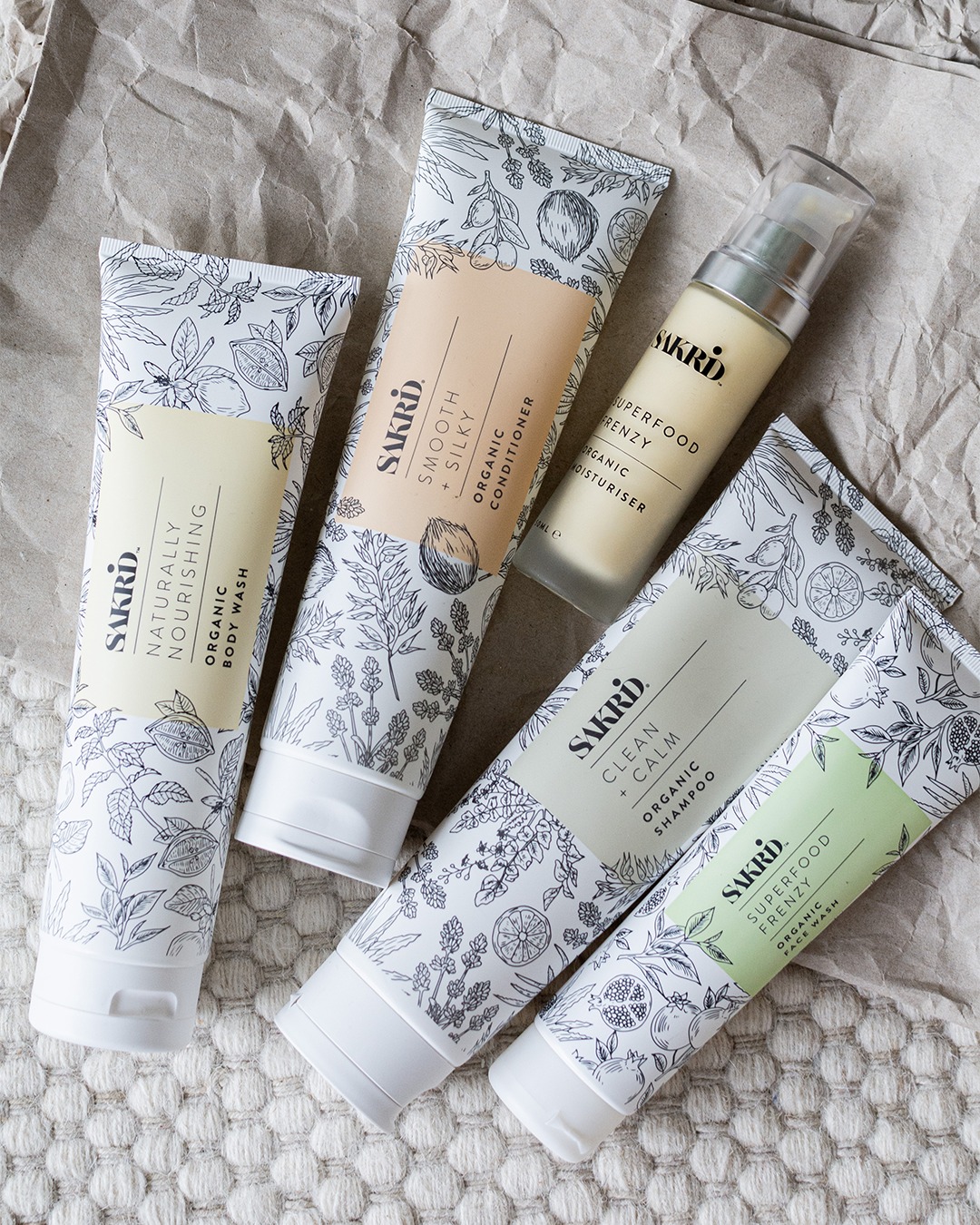
A British brand dedicated to eliminating toxins and chemicals from our daily lives. To achieve their goal they use only high quality natural and organic ingredients for their products. That also makes them good for both you and the planet. The brand also strives to implement sustainable practices in sourcing ingredients, packaging and collaborating with suppliers who share the same philosophy. Following their motto “We make good products, using good ingredients, that are good for you and good for our planet”, all of their products are vegan, cruelty-free, organic and handmade in the UK.
Wild Science Lab
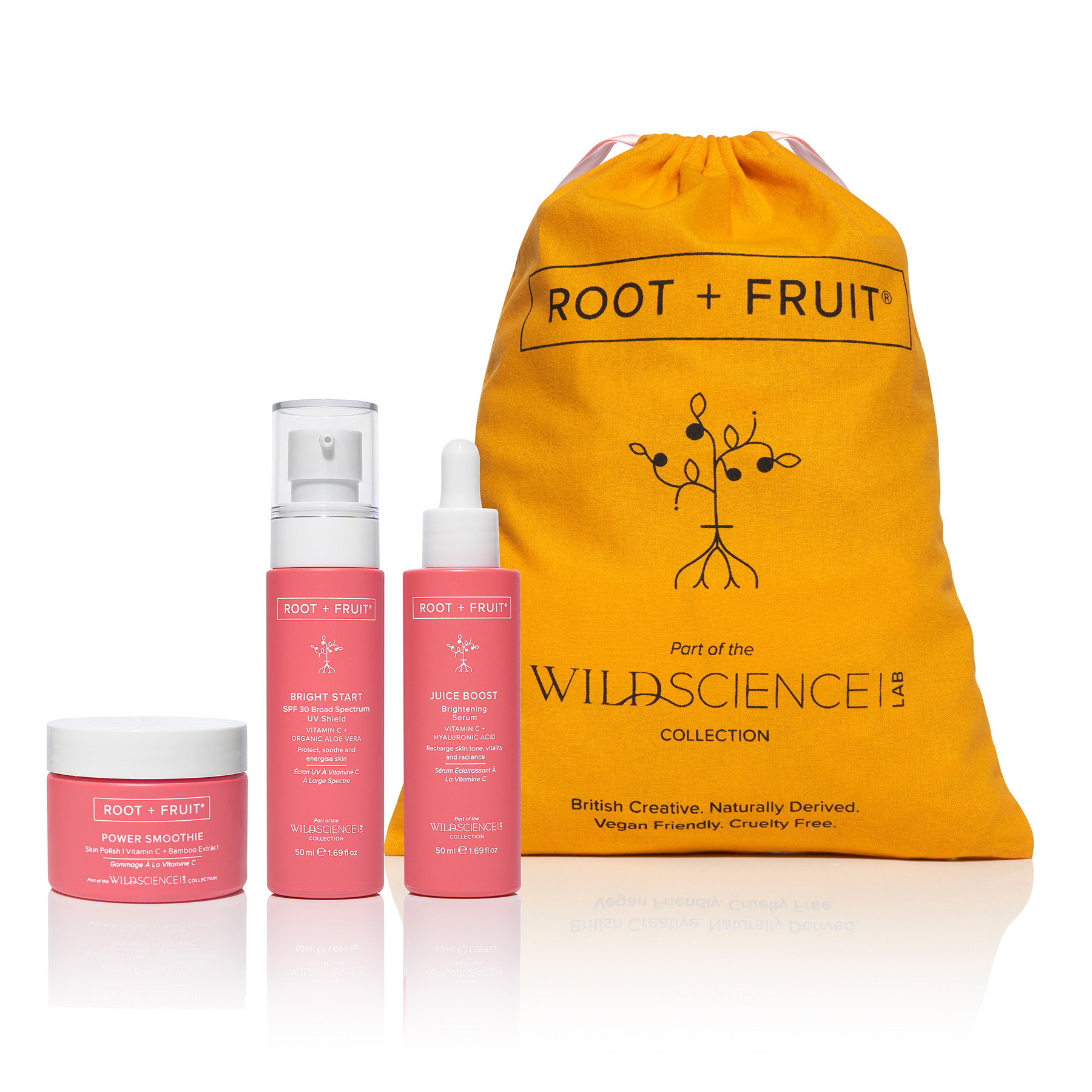
The London-based botanical haircare and skincare brand, founded by husband and wife Ali and Zoe, is worth checking out. Wild Science Lab has created innovative, award-winning hair and skin treatments that harness the natural power of the wild. They are driven by the desire to create high-performance, botanical, eco-friendly products that guarantee exceptional results while maintaining an environmental focus. Striving to achieve the highest possible percentage of naturally derived ingredients because they believe that nature offers power and simplicity that can work in harmony with our bodies to achieve effective transformations of skin and hair.
Gallinée
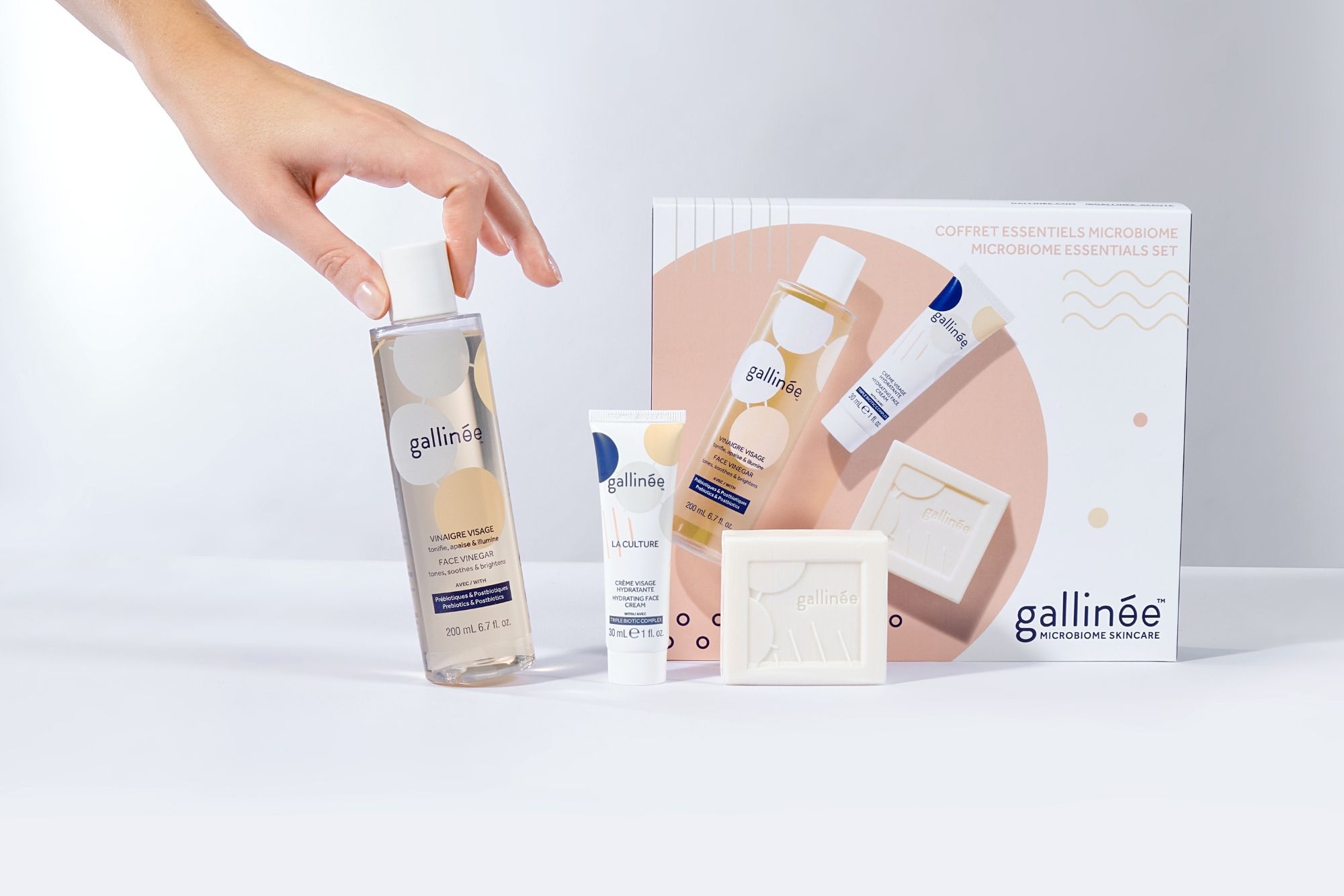
The world’s first skin and hair care line devoted to the health and wellbeing of “Planet You''. Do you know what a microbiome is? This is all the brand is about! A microbiome is the protective layer of your skin which is made up of 1000s of good bacteria. The unbalance and stripping away of the microbiome can result in inflamed and sensitive skin, from which a number of issues arise. Through a patented combination of prebiotics, probiotics and postbiotics, Gallinée protects and nurtures your very own microbiome to ensure even the most sensitive and stressed skin can thrive even under the most severe conditions.
The number of benefits from using vegan cosmetics is immense: it benefits your skin, the environment and the animals. Why not make your new year's resolution to be more considerate of the planet? With the growing number of brands that offer vegan products, you have plenty of options to find your new favourite products.
Source: 1
A NA-KD-clear Example of Climate Action
Pollution and climate change is the hefty bill planet Earth pays for our wardrobes. Thanks to the example of sustainable fashion brands like NA-KD, we know that a global action plan is possible.
 Ph. hello i m nik, Unsplash
Ph. hello i m nik, Unsplash
Multi-tasking and multi-targeting, this is the climate action plan set and run by NA-KD. The daunting mission has many green goals and it is still achievable.
Fashion And The Environment: The Facts
The changes experienced by the environment are tangible and, most of all, global. The public attention is all on the main actor in today's climate disruption: fashion – or better – fast fashion.
With the trends coming and going and the pressure to follow them, fast fashion has provided the mass with an endless variety of always fresh clothing at reasonable prices. The price tag might be low, but the consequences on the ecosystem proved not to be so light and for many different reasons.
From a consumer point of view, the fast-fashion temptation led to more purchases which indirectly lowers down the life span of our clothing and causes more textile waste. Numbers clarify the state of facts: in Europe1, for example, people buy 26Kg of new clothing and discard an impressive 11Kg every year. Sales have been increasing by 40% since 1996 but, on the other hand, the EU fashion industry has not been able to keep up with fabric refuses as just 1% of the textiles was recycled for clothing due to technological issues.
If we are guilty of overconsumption, many brands lack sustainability in their production. Indeed, every step in fashion manufacture can be deemed responsible for greenhouse emissions, water pollution and land degradation. To break down the process, these phases are sourcing new raw materials, processing and producing new clothing, packing and shipping goods. As we will see shortly, NA-KD focuses on each one in its ecological journey toward a climate-neutral production by 2025.
 Ph. Crsten Vollrath, Pexels
Ph. Crsten Vollrath, Pexels
Present on the shelves for 24%, cotton is a very common natural fibre in this industry, yet it is the least sustainable material. Its production involves considerable consumption of water for irrigation and land: alone, 1Kg of cotton needs between 10,000 and 30,000 litres of water depending on the geographical region2. 1 cotton t-shirt equals 2,500 litres of water!
Furthermore, the remaining water sources are polluted by pesticides and insecticides employed in cotton cultivation, dyes and chemicals from clothing and jeans processing, and microfibres. Although small, microparticles, in the long run, pollute water basins and oceans ending up putting marine fauna at severe risk. 0,5 million tonnes of plastic microfibres – that is 35% released in the environment – come from washing synthetic clothes. Again, one straightforward example taken from daily life will wake you up: 1 laundry of polyester clothing creates 700,000 microplastics3 going down the water pipes.
 Microplastics found in Mirissa Harbour, Sri Lanka. Ph. Soren Funk, Unsplash
Microplastics found in Mirissa Harbour, Sri Lanka. Ph. Soren Funk, Unsplash
Even before we can put our hands on some brand-new clothing, more pollution comes along. Bringing fashion goods to distribution sites all over the globe translates to material waste and CO2 emissions through packing and shipping. In total, on the shoulder of the fashion industry, there is 10% of the global carbon emissions. The analysis run by McKinsey states that the amount reached 2.1 billion metric tonnes of greenhouse gases in 2018, foreseen to jump to 2.7 billion metric tonnes by 2030 with no drastic changes are taken.
The NA-KD Green Example
 NA-KD Reborn, a collection made of more sustainable materials
NA-KD Reborn, a collection made of more sustainable materials
Switching to a greener production may seem an epic deed. Indeed, it is not easy and requires a multi-tasking approach. NA-KD carbon-neutral journey is an example we wish many companies will study and copy for the future. But what is so special about it?
The difficulties lie in the disparate production phases and the many actors involved from start to end: suppliers, brands, delivery companies, retailers and, finally, consumers. NA-KD's plan tackles every source of pollution and liaises with all the entities working in the industry and/or involved.
The brand, born in 2016, is now distributed in 50 different countries, no wonder NA-KD feels the urge to act for the better. The label launched its first sustainable line in 2019 and, by 20254, it aims to:
• halve CO2 emission per product,
• use 100% sustainable materials,
• climate-compensate shipping (by investing in wind power),
• stop any non-sustainable production by 2025,
• reuse or recycle 100% of packaging material by 2025,
• reach a completely transparent supply chain (for 80% of the production),
• fund sustainable initiatives
To reduce its footprint, NA-KD has switched to renewable energy and studied to reduce its carbon footprint caused by transport, while supporting its partner to change for renewable alternatives, have better use of water and more efficient treatment of chemicals. The brand's focus moves then to materials. The first goal was to use 100% more sustainable cotton for its denim by 2022 and have all products made in sustainable materials by 2025. To make this possible, NA-KD informed its purchasing department to make sensible choices; looked for organic and recycled cotton; implemented its certificates, and found new suppliers sharing the same eco-commitments. Having a transparent supply chain and clear communication with the public about sustainability and production are part of this green journey, as well as good practices for every business.
After tackling the problem connected with sourcing, manufacturing and distribution, NA-KD took care of the last but equally important piece in this puzzle: you, the consumer. Fashion consumers feel every day more conscious about the environment and the active role they play through their decisions. The brand's call to action emphasises the love for clothing: how to take care of them and so prolong their life and quality. The #SoMe campaign wants to accompany you through an educational journey, at the end of which you will adopt sustainable behaviours.
Loving your outfits, at some point, will bring you to pass this love onto someone else. NA-KD circular program supports the circularity models by rewarding you with a discount for every return piece of clothing. While you can give back, you can find new discoveries in the pre-loved marketplace section on the NA-KD website.
Although hard and ambitious, climate action is achievable in the fashion industry. The NA-KD plan shows this is a matter of organisation, time, strong commitments and collaboration. Only when all parties will weigh their actions and understand the right things to do, fashion will be finally greener and we hope soon.
Read more about NA-KD’s sustainability commitment and discover its sustainable and pre-love ranges online.
Sources: 1, 2, 3, 4.
How Sustainability Promotes Climate Positivity
Climate change is real and happening right now, right in front of everyone’s eyes. Hence, taking action is essential if you want to see the planet better.
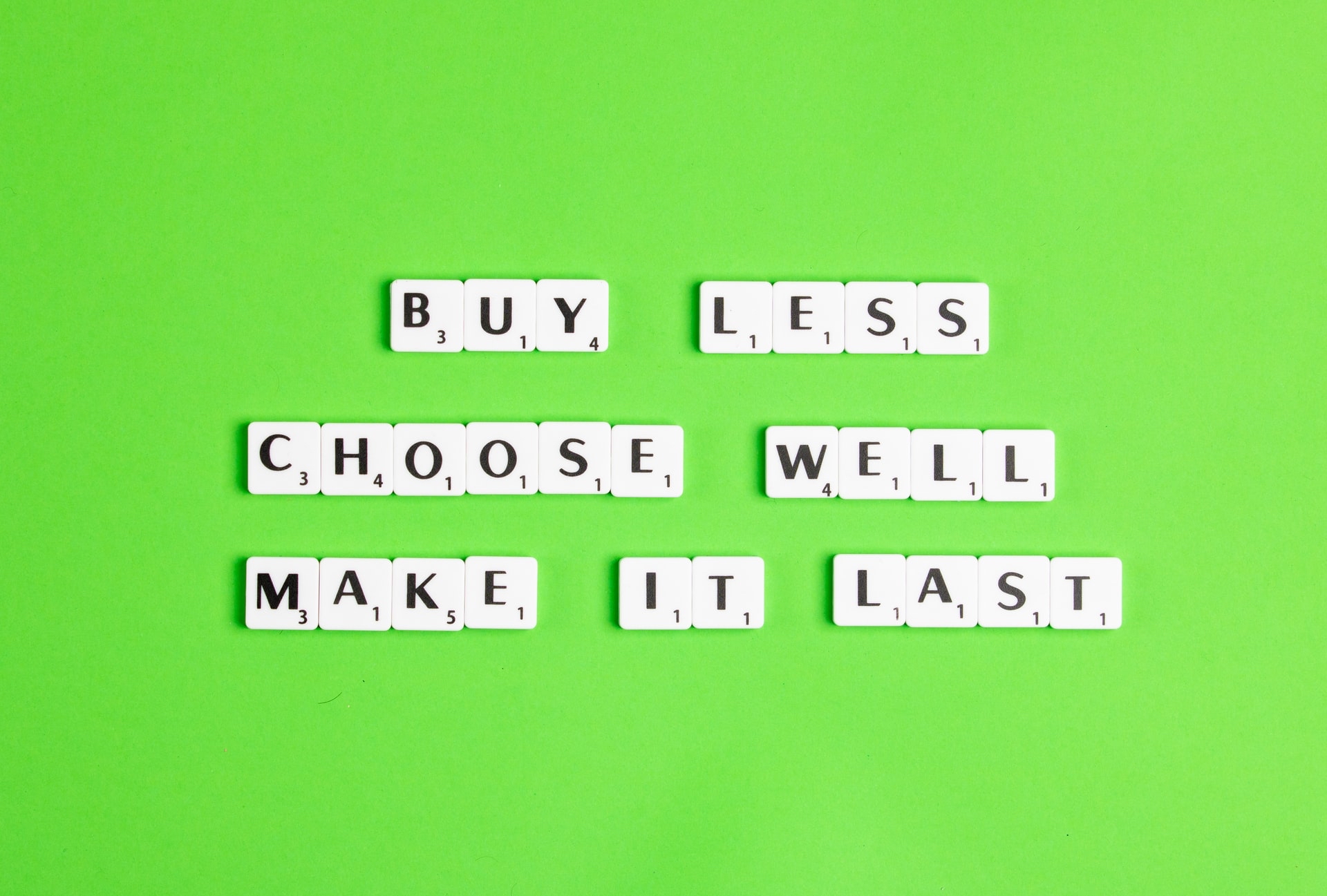 Ph. Edward Howell, Unsplash
Ph. Edward Howell, Unsplash
Sustainability should be the new normal. If this should be our approach to fashion, climate positivity will ensure that there is something to hope for in the future.
Climate change is amongst us and should be tackled immediately. For better days to come, we must look at the broader picture: the agenda of how sustainability promotes a better environmentally friendly life for all and, particularly, how to create a change capable of adapting to all lives.
Climate Positivity
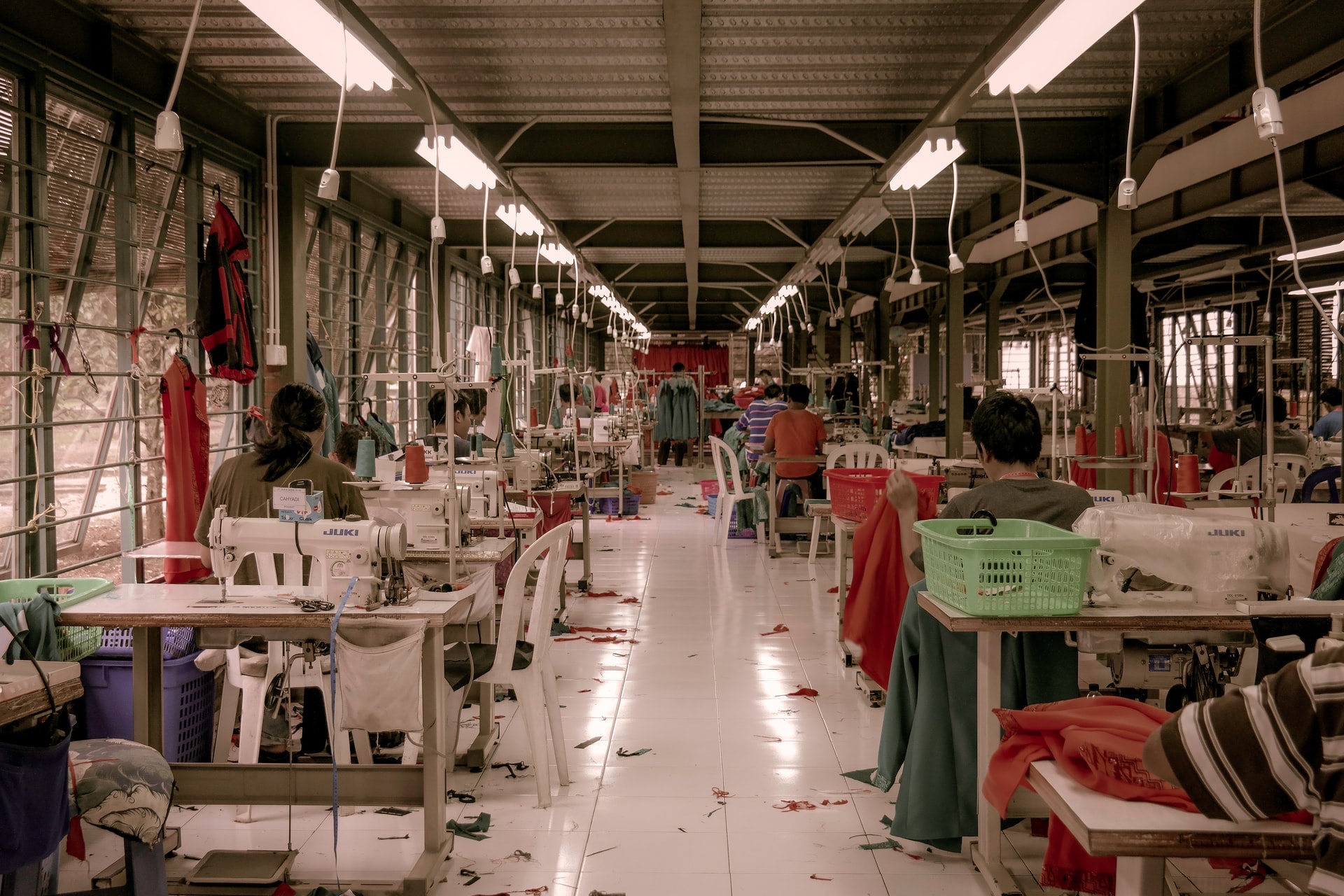 Ph. Rio Lecatompessy, Unsplash
Ph. Rio Lecatompessy, Unsplash
Climate positivity helps to minimise climate change while also promoting a positive approach in our society. Seeing a switch and aiming for a difference demonstrates a feeling of dedication. It embraces new sets of options and challenges in the hopes of improving the community, our society, and the ecosystem as a whole, so climate change will soon cause less damage. Eco-friendly, recyclable, and greenwashing are all keys to promoting climate positivity.
Sustainability And Us
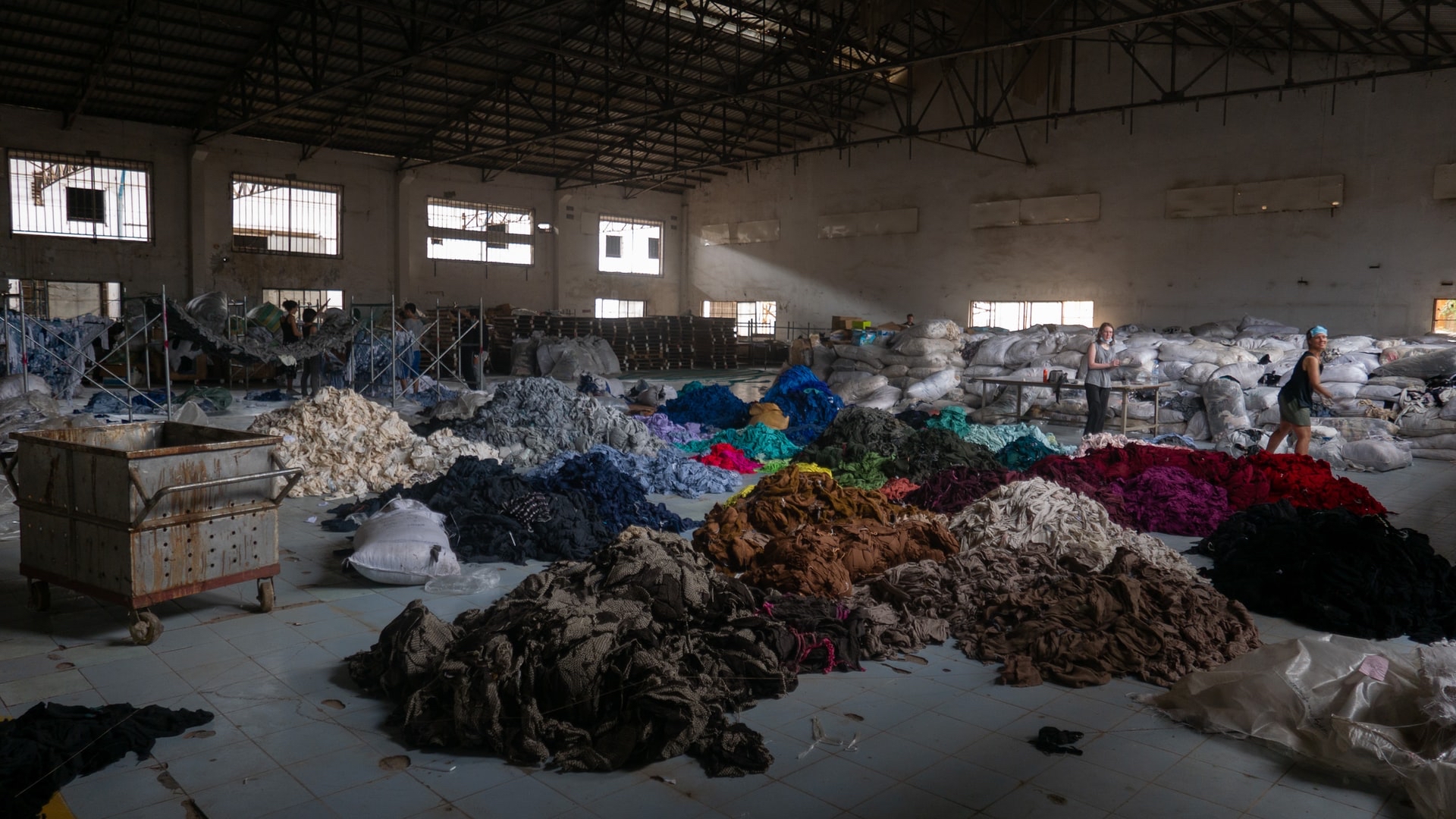 Ph. Francois Le Nguyen, Unsplash
Ph. Francois Le Nguyen, Unsplash
As people of the world, we all have the power to make valuable changes in our lifestyle; it just requires simple knowledge and awareness of what has been affected: people's livelihoods, our communities, and current attempts to control the climate change impact.
When it comes to sustainability, it is frequent to hear about it but we have no idea about how it is made, where it comes from, or what the day-to-day manufacturing process entails. Durable development should encompass more than just crochet, knitting, and locally sourced materials; it should also include a thorough understanding of history, care, and the work process. To create something high-quality, resistant, and long-lasting, assuring that future consumers will only have one job: to care for their garments, which includes caring for the biosphere.
Sustainability is about more than just keeping the ecosystem clean and safe for everyone; it also recognises the importance of ideals like renewal growth and diversity, as well as striving for greater social justice and equity. “Doing nothing or doing just enough is not going to cut it. We have to act in this decade to avoid the most severe environmental and socioeconomic effects of a changing climate,” said Dickon Pinner, who is the senior partner and global leader of McKinsey & Company’s Sustainability Practice.
The process will be seen if you look at the future profit; in the end, you only have a successful income if you have reliable consumers. Sustainable living expands every day, and consumers grow and adapt to a more positive lifestyle; therefore, change and evolution are required.
The beauty of seeing different kinds of clothing is the beauty of the world of fashion, and everyone wants to be a part of a trend or a craze. However, many fashion brands are on the verge of wreaking havoc on the ecosystem by employing fast fashion, low-wage labour, and hazardous production methods. Why is it wrong? Delilah Smith, who has spoken on fast fashion's impact on the environment, said, “A fast-paced model requires fast-paced production, and unfortunately, quicker production gives way to an increase in environmental damage.” Therefore, these companies make and distribute their products is neither safe nor equitable.
Consumers: The Key To A Sustainable Lifestyle
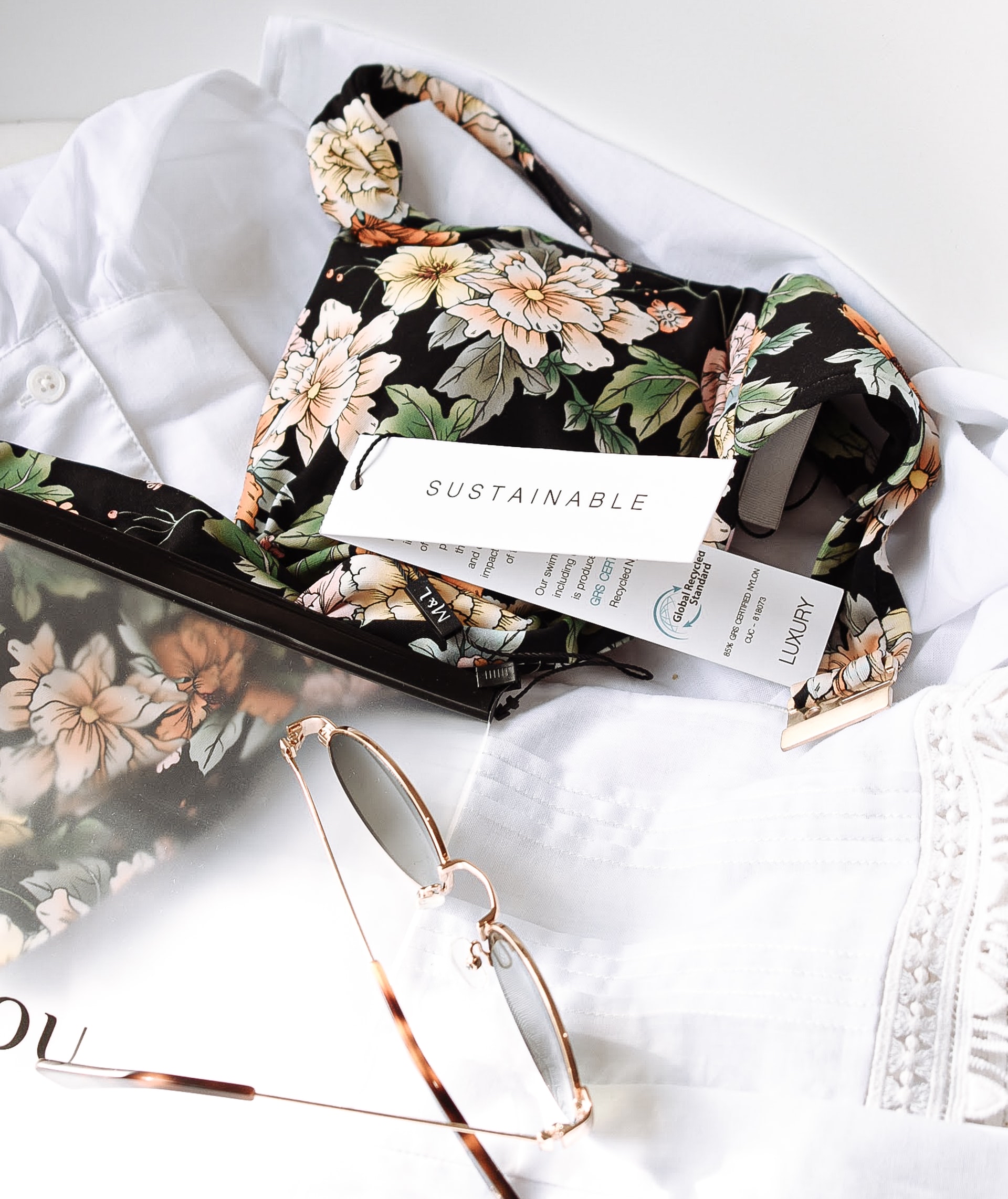 Ph. Jess @ Harper Sunday, Unsplash
Ph. Jess @ Harper Sunday, Unsplash
The environment versus high fashion, how will everyone protect it? And how will everyone deal with the consequences? Clothing can be made more eco-friendly but we can also choose second-hand vintage clothing found in charity and antique shops, as well as on websites like Vinted and Depop, which filter items based on affordability, preference, and like-ability.
There is no denying that in the fashion industry sustainability is the buzzword right now. It is about sending a statement to everyone and, in some ways, addressing all of the challenges that fashion and the environment have with each other, as well as producing a vital message to highlight, showcase, and encourage climate positivity. Biyya Mansoer has expressed in an article, ‘You are what you wear’, “the way we express ourselves through fashion can provide an influential platform to drive change towards more ethical and sustainable practices in fashion supply chains. Here is where self-expression through fashion has evolved into something bigger – a choice and our way of life.”
A study by Dunja Radonic on the ‘fashion discount’ has displayed the percentages are different in all age categories. For general statistics, “53% of men and 47% women in the UK buy from sustainable brands” and “mature women between the ages of 35-55 buy from sustainable brands”; therefore, this data demonstrates how sustainable trends are still snowballing.
Goal For Change
The changes required to combat climate change are possibly tricky but necessary. If something is at risk, it is bound to have a resolution. Sustainability is critical because it allows for positive change for the improvement of both people and the planet.
ENVIRO-RENT: Over Two-Thirds of Brits Says Yes to Clothing Rental Services this Party Season
With celebration season fast approaching, the picture-perfect outfit for the inevitable Christmas office party or New Year's Eve is already on the back of everyone's mind. A new study reveals that renting clothing specifically for the festivity is a growing choice for many Brits.
Customers, brands and the environment: the green issue
The public concern about the state of the environment is not a temporary fashion trend, although they influence how people shop and what they ask their favourite brands.
Accessibility for fashion sustainability
Fashion has a deeper impact on the environment than we may actually think. COP26 is highlighting the urgency of the climate issue and setting important goals to reduce carbon emissions worldwide. However, it is not just the way brands source their raw materials and produce their goods but also our personal choices that can leave a dark mark on the ecosystem.
UK fashion brands unite to walk the GREAT Campaign runway at COP26
Burberry, Phoebe English and Stella McCartney, 3 of the leading British brands are joining forces with the British Fashion Council and the UK’s GREAT campaign at COP26 to showcase the UK’s commitment to climate action through fashion innovation.
Sharon Sweeney SS22: Swanzy Land
The Dublin-based designer Sharon Sweeney studied and worked in the environmental sector, which contributed to her passion for and commitment to sustainability in terms of using sustainable, organic, and locally sourced fabrics.
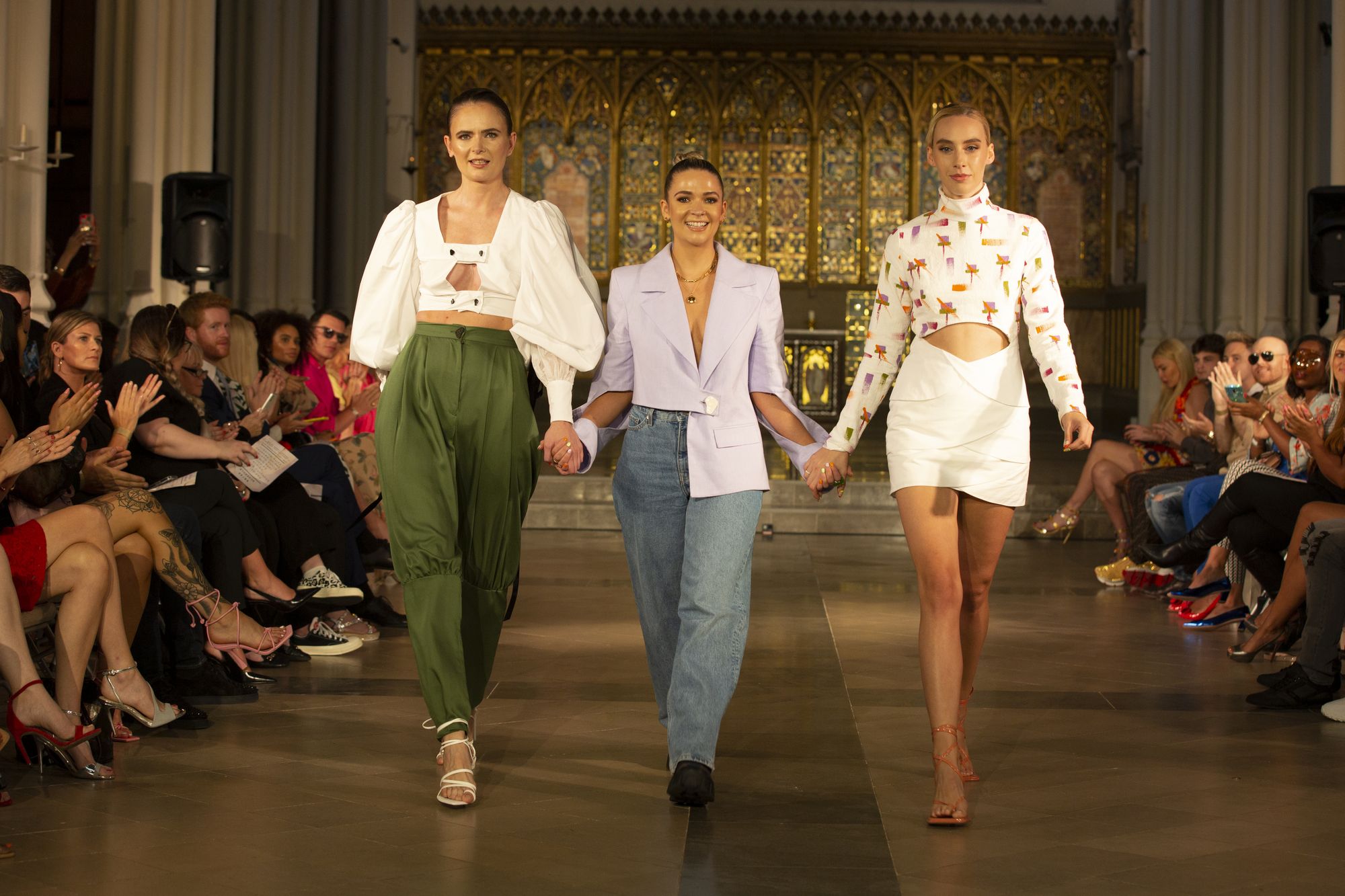 Photographer Joanna Mitroi
Photographer Joanna Mitroi
The collection Swanzy Land is constructed by Irish Linen, cotton, ramie, Tencel as well as deadstock fabrics.
It pays homage to the late pioneering modernist artist Mary Swanzy, an Irish landscape and genre artist, who dived into many different styles, among which she is acclaimed for being one of the country’s first abstract painters. Sweeney makes similar use of a muted and pastel colour palette throughout.
A pale lilac short pantsuit fuses feminine details like the Moschino-esque heart-shaped buttons with a harsher geometrical and abstract futuristic shape and cutouts. A white cropped Renaissance blouse with huge puff sleeves and tight button-downs on the sleeves brings past and future together. Sweeney showcases an interesting and abstract aesthetic with clashing contrast, yet they jointly create something new and concise.
- Sustainable
- consumer
- designer
- environmental sector
- locally sourced
- fabrics
- London Fashion Week
- independent brands
- Sustainable Fashion
- Fashion Designers
- Independant Designers
- Fashion show
- environmentally friendly
- Sharon Sweeney
- Fashions Finest lfw
- SS22
- Spring/Summer
- Womenswear
- Women's fashion
- new collection



